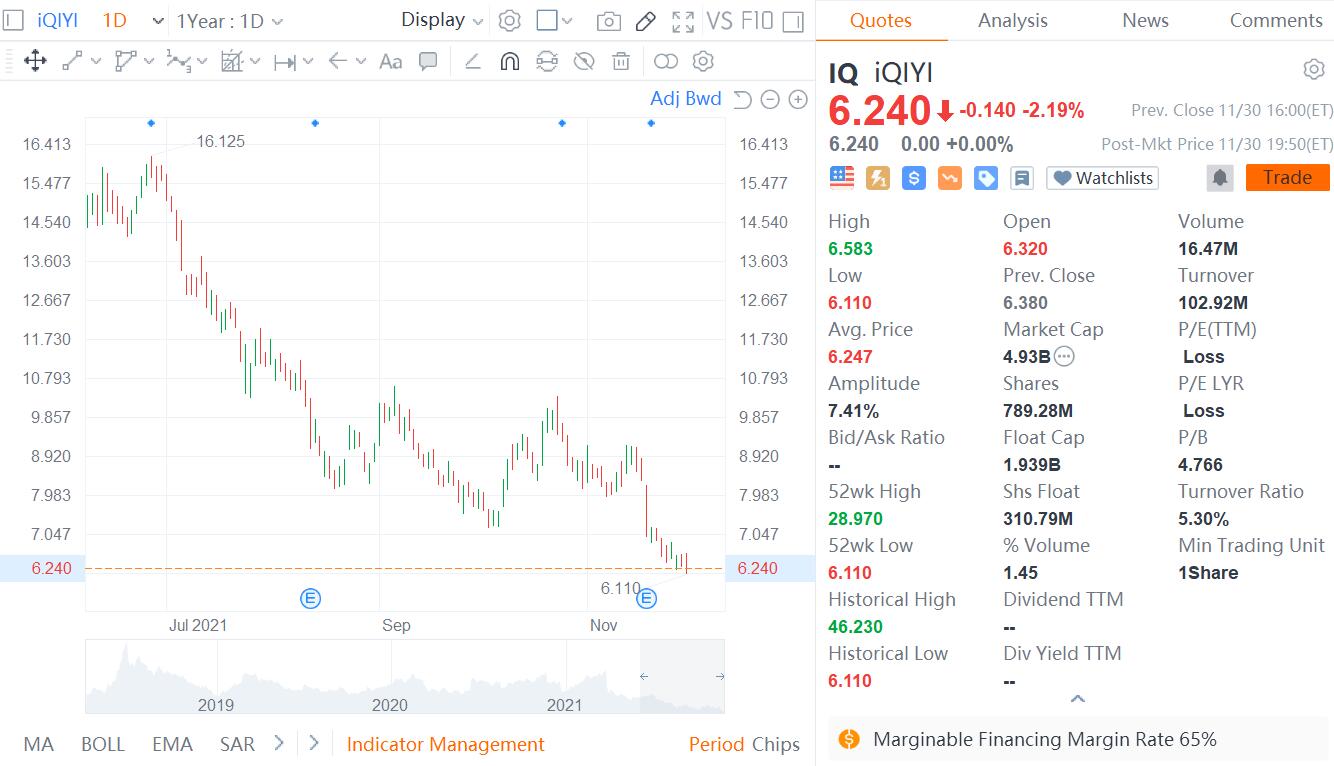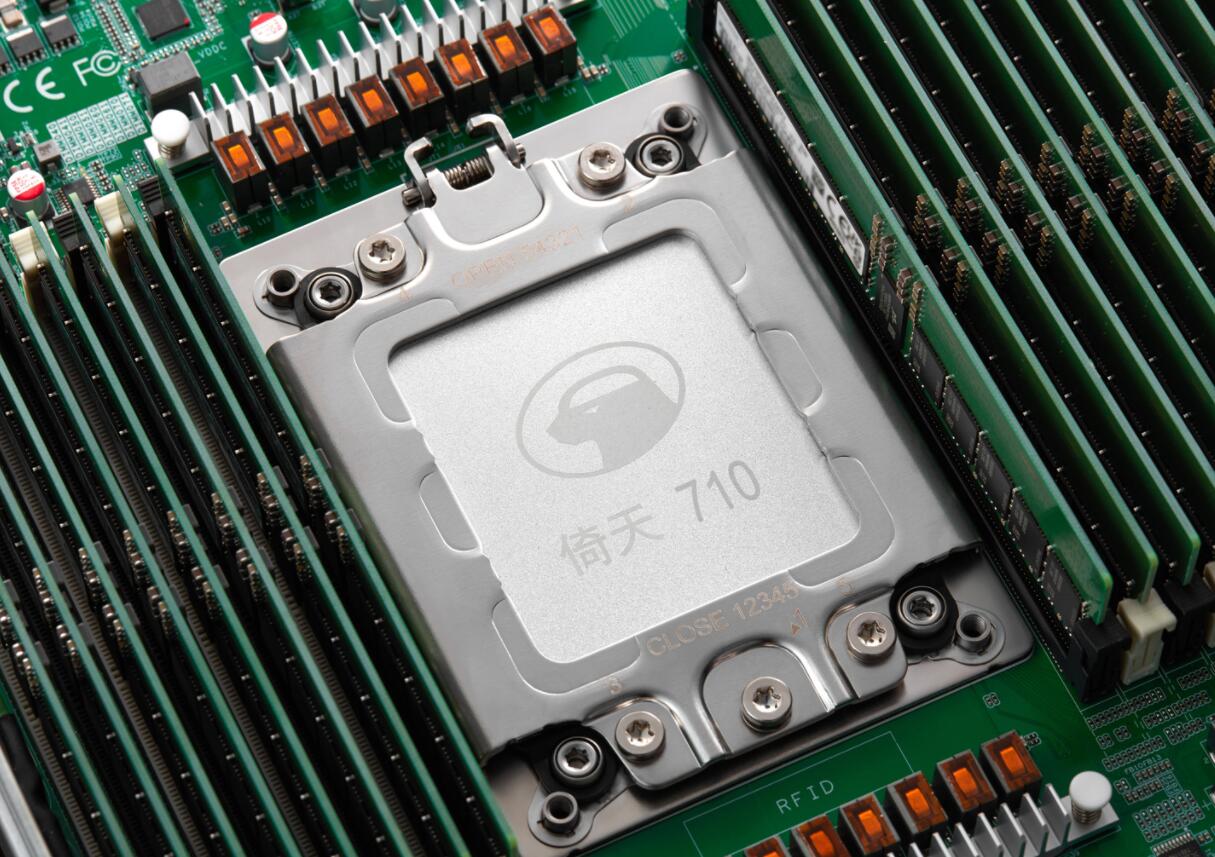
Researchers at the University of Heidelberg, Germany, used magnetic resonance imaging (MRI) to examine the brains of 48 volunteers, including 22 smartphone addicts and 26 non-addicts. The results show that smartphone addiction changes the shape and size of the human brain.
MRI scanner images show that gray matter volume ((GMV)) is reduced in key parts of the brain of smartphone addicts, including the left anterior island lobe, inferior temporal lobe, and para hippocampus. Reduced gray matter in these areas was previously thought to be related to substance addiction.
In addition, compared with non-addicted people, smartphone addicts also have reduced brain activity. Researchers say this is the first physical evidence of a link between smartphone use and physiological changes in the brain.
The researchers said: "Considering the widespread use and increasing popularity of smartphones, current research has questioned the harmlessness of smartphones, at least for those who may experience smartphone-related addictive behavior. "
Smartphone addiction is getting more and more attention from scientists and medical professionals, especially children spending more and more time on mobile phones.
A survey of 2,167 children and adolescents aged 5 to 16 in the UK revealed that most children (53%) had a mobile phone before the age of 7. By high school, mobile phones were almost universal.
The survey also found that 57% of children have a mobile phone next to their bed while they sleep, and nearly two-fifths (39%) of adolescents say they cannot live without a mobile phone.
Researchers say the results show that mobile phones can "dominate children's lives" to a large extent.
New research warns that ubiquitous mobile phones in society have caused concern because their effects on human physiology and health are still poorly understood.









